How do I add a network card to my computer and a troubleshooting guide for Wi-Fi IP allocation issues
Apr. 25, 2024 / Updated by Seraphina to Windows 11
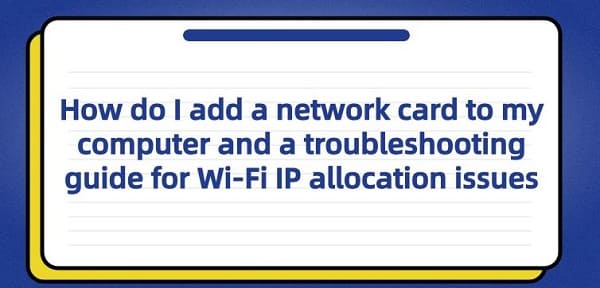
WiFi (Wireless Fidelity) is a wireless network technology that connects devices to local area networks or the internet using wireless signals. WiFi technology typically involves communication between wireless routers and wireless receivers (such as laptops and smartphones), with wireless receivers requiring the installation of a wireless network card (or WiFi adapter) to establish connection. Therefore, WiFi relies on wireless network cards to enable wireless connections.
Contents:
2. Steps to Add a Network Adapter to a Computer
3. Reasons for WiFi IP Allocation Failure and Solutions
5). IP Address Allocation Error
6). Router Configuration Issues
A network adapter, also known as a network card, is a hardware device used by computers to connect to local area networks or the internet. It is responsible for converting data generated by the computer into signals that can be transmitted over the network. It also receives signals from the network and converts them into data that the computer can read.
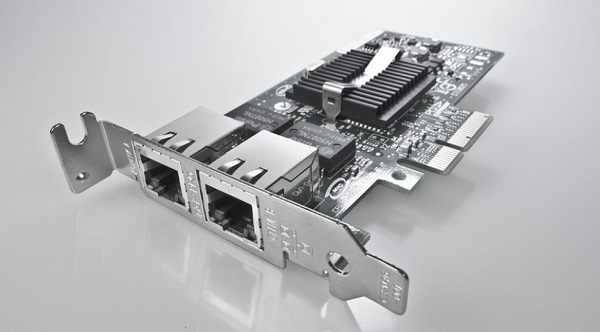
2. Steps to Add a Network Adapter to a Computer:
1). Determine Adapter Type:
Firstly, identify whether you need a wired or wireless network adapter. If your computer lacks wireless capability, you may need to add a wireless network adapter.
2). Purchase Adapter:
Depending on your needs, purchase an adapter. You can choose from PCIe slot adapters, USB network adapters, or other types suitable for your computer.
3). Preparation:
Before installation, ensure your computer is turned off and unplug the power cord to prevent electrical shock and device damage. Additionally, make sure you have any necessary driver software for the adapter. Open the computer case to ensure you have enough workspace and clear visibility of the motherboard.
4). Install Adapter:
If it's a card inserted into the motherboard, open the computer case, find an available expansion slot, and insert the card. If it's an external USB adapter, simply plug it into a USB port on your computer.
5). Install Driver Software:
If your operating system doesn't automatically recognize and install the adapter's driver software, you may need to use the driver disc included with the adapter or download the drivers from the manufacturer's website. It's recommended to use software like Driver Talent to detect and download compatible drivers, ensuring compatibility between the adapter and the computer.
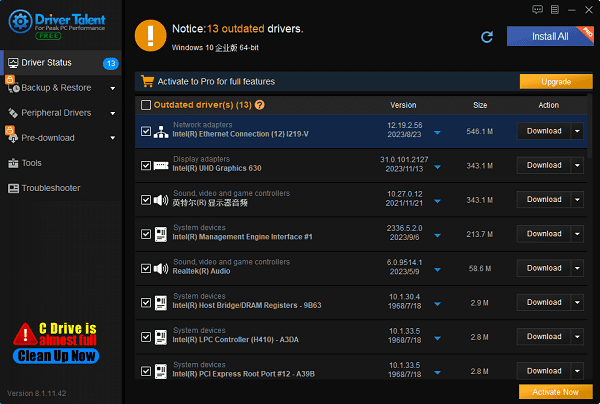
6). Restart Computer:
After completing the driver installation, restart your computer to apply the changes.
7). Test Connection:
Start your computer and ensure the adapter is functioning correctly and connected to the network. You can try accessing websites through a browser or running network diagnostic tools to test the connection.
8). Adjust Settings (Optional):
Depending on your needs, you can adjust network adapter settings in the operating system, such as configuring IP addresses, DNS servers, etc.
9). Keep Updated:
Regularly check and update the network adapter's driver software to ensure its performance and stability.
3. Reasons for WiFi IP Allocation Failure and Solutions:
DHCP Service Not Enabled: The DHCP server on the router is not enabled, preventing automatic IP address allocation for connecting devices.
DHCP Pool Exhausted: All available IP addresses in the DHCP address pool have been allocated, causing new devices to be unable to obtain an IP.
DHCP Malfunction: The DHCP service within the router experiences a malfunction, hindering normal operation.
Solutions:
Enable DHCP Service: Log in to the router's management interface and ensure that DHCP service is enabled. If not, follow the interface prompts to enable DHCP service.
Expand DHCP Pool: Check and adjust the DHCP address pool range to ensure an adequate supply of IP addresses for devices. Typically set between 192.168.1.100 to 192.168.1.200, depending on the number of devices.
Restart DHCP Service: If DHCP service malfunction is suspected, attempt to restart the router to force a DHCP service reset.
If multiple devices on the same network are using the same IP address, it can lead to IP address conflicts, causing some devices to be unable to allocate IP addresses.
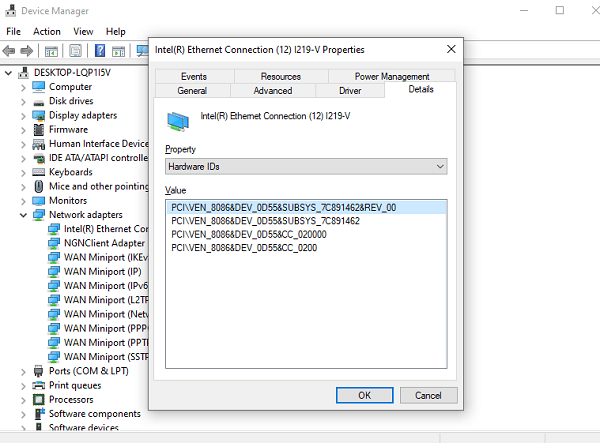
Solution:
Ensure each device on the same network has a unique IP address. You can resolve this issue by manually assigning IP addresses or setting DHCP ranges in the router.
3). Network Connection Issues:
Sometimes, WiFi connections themselves may have issues, such as weak signals or interruptions, which can prevent devices from properly connecting to the network and obtaining IP addresses.
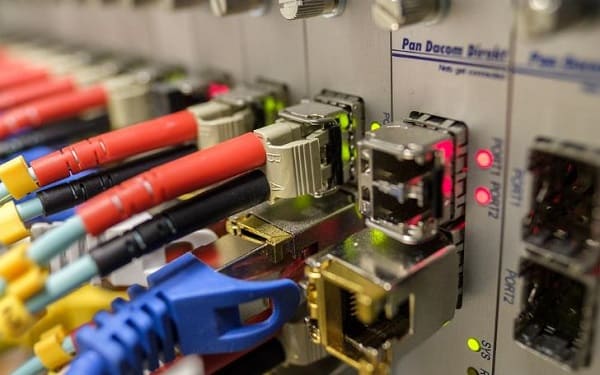
Solutions:
Adjust Device Placement: Move devices closer to the router or to a location with stronger signal strength. Consider using WiFi signal amplifiers or powerline adapters to enhance signal coverage.
Avoid Wireless Interference: Check for nearby devices like microwaves, cordless phones, Bluetooth devices, etc., that may cause interference. Try adjusting their positions or turning them off to minimize interference.
Reset Device Network Settings: Clear all network connection information on the device, then rescan and reconnect to WiFi to attempt obtaining an IP address.
The wireless network adapter driver on the device encounters issues, resulting in failure to communicate with the router.
Solution:
Update Network Adapter Driver: Automatically detect, download, and install the latest wireless network adapter driver using software like "Driver Talent".
5). IP Address Allocation Error:
In some cases, the router may experience IP address allocation errors, causing devices to fail to obtain IP addresses correctly.
Solution:
Attempt DHCP release and renew operations on the device to force it to obtain a new IP address. You can also try manually setting the device's IP address to resolve this issue.
6). Router Configuration Issues:
Incorrect router configuration may prevent devices from successfully obtaining IP addresses.
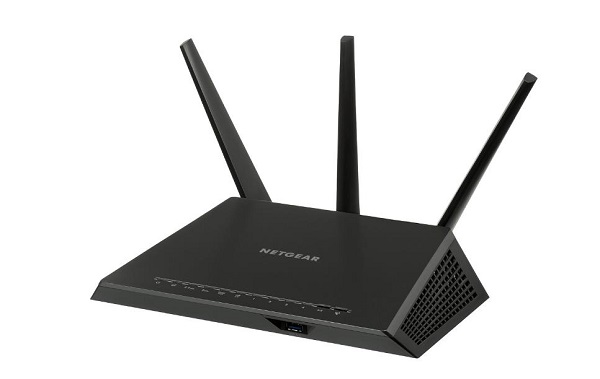
Solution:
Check the router's configuration and ensure DHCP service is enabled. You can also try resetting the router's settings to default. If the above methods fail, consider restoring the router to factory settings and then reconfiguring the network. Remember to back up important settings such as PPPoE account passwords, etc.
Above is the guide on how to add a network card to a computer and troubleshoot WiFi IP allocation issues. If you encounter driver-related problems with network cards, graphics cards, Bluetooth, sound cards, etc., you can download "Driver Talent" for detection and repair. "Driver Talent" supports driver downloads, installations, backups, and more, providing flexible driver management solutions.
See also:
Downloading and Installing Guide for Realtek Sound Card Drivers
Steps to clean up a full C drive on the computer
How to Solve the Issue of Keyboard Lights Not Turning On
No Internet Connection-5 Common Solutions
How to Solve Slow Speed and High Latency on Win11 Computers

|
ExplorerMax |

|
Driver Talent for Network Card | |
| Smart and advanced file explorer tool for Windows platforms | Download & Install Network Drivers without Internet Connection | |||
| 30-day Free Trial | Free Download |







